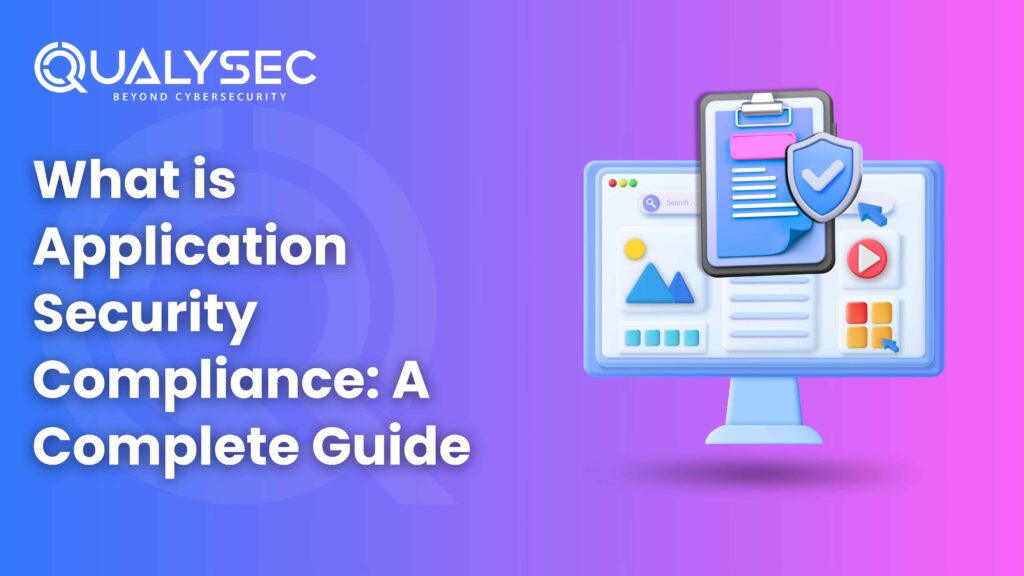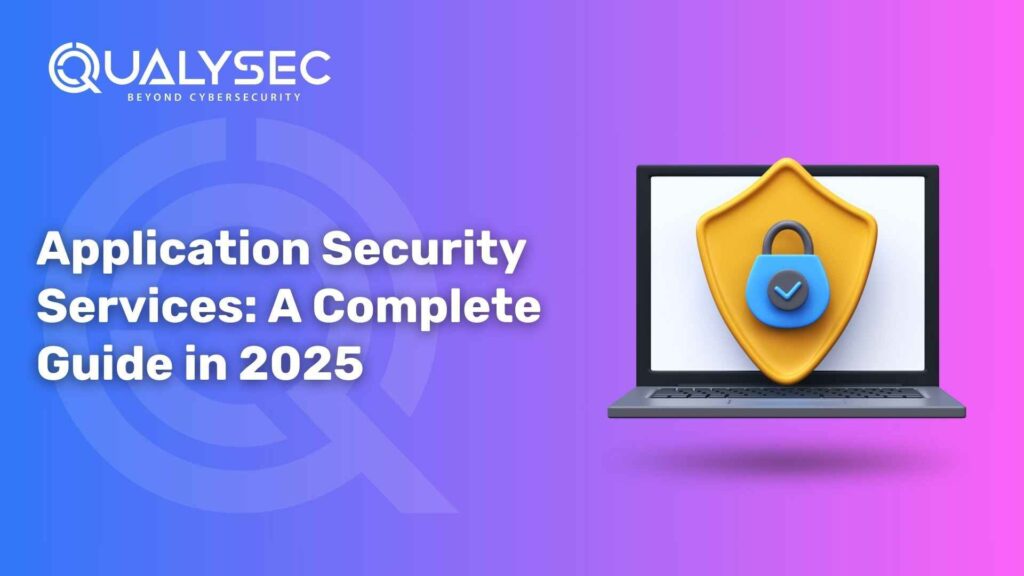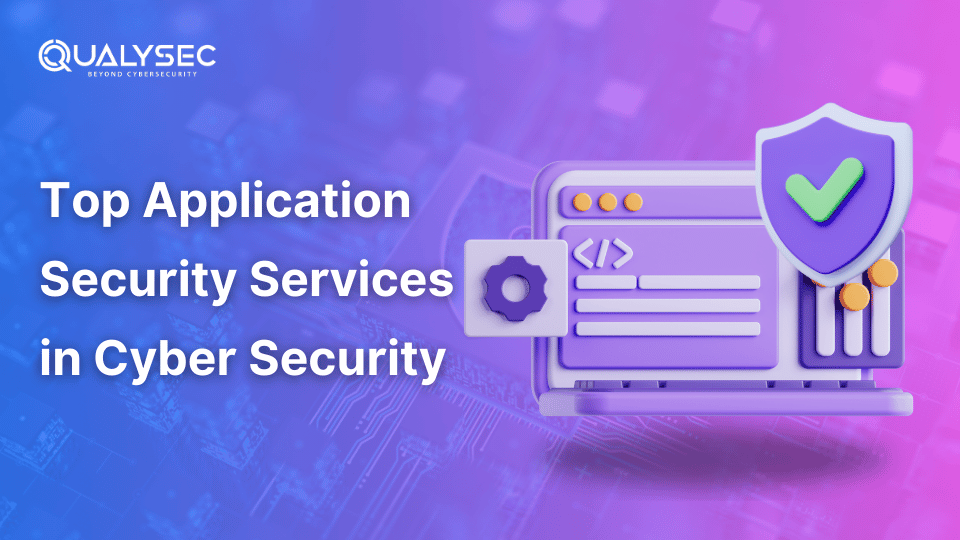What is Application Security Compliance: A Complete Guide
Cloud-native technologies, AI, and IoT are expected to push India’s digital economy to make up 20% of the economy by 2026. Even so, the increased growth leads to more cyber threats – 13.7% of all global cyberattacks happen against Indian businesses, and the average business has to fend off around 702 cyberattacks each minute. Because of these risks, companies are now required to follow Application Security Compliance, and the Indian application security market is set to grow at a compounded annual growth rate (CAGR) of 13.9% to reach $2.74 billion by 2029. We examine the ways Indian businesses can ensure their future operations stay protected by having strong Application Security Compliance strategies. How India Fares in Application Security Compliance (2025) 1. More Attacks Than Ever 2. Sector-Specific Threats 3. Rising Demand and Increasing Profits 4. Regulations and Compliance 5. Issues and Gaps 6. Suggestions and Best Ways Latest Penetration Testing Report Download Three Pillars of Application Security Compliance Any sturdy Application Security Compliance program is mainly supported by Process, Technology, and People as key supports. All of these aspects make sure applications are secure, will keep running, and are in line with regulations during their lives. Process Developing Written Policies & Procedures – Develop security rules, operations, and processes that cover the app from start to finish. Secure Development Lifecycle – SDLC is a standard process for software development. Include security actions and compliance reviews in each step of the SDLC to spot possible problems as soon as possible. Risk Assessment and Threat Modeling – Frequently perform risk assessments and threat modeling to spot, rate, and deal with potential dangers in advance. Good Governance – Check that your processes are in line with regulations (such as GDPR and PCI DSS) and verify this compliance via regular audits. Handling Incidents – Plan and follow steps for detecting, responding to, and recovering after security incidents happen. Technology Security Controls Implemented – Use firewalls, encryption, access controls, and secure authentication to safeguard the applications from threats. Security Testing – Conduct Static Application Security Testing (SAST), Dynamic Application Security Testing (DAST), and Interactive Application Security Testing (IAST) to notice vulnerabilities at each suitable stage. Runtime Protection – Instead of catching threats after they occur, use Web Application Firewalls (WAFs) and Runtime Application Self-Protection (RASP) that monitor and block dangerous activities as soon as they happen. API & Cloud Security – Apply specialized technologies to secure APIs and cloud platforms, so your data remains private and is protected in agile structures. Software Patches & Updates – Fix any discovered issues in your applications as soon as possible to protect them from new kinds of threats. People Security Awareness – Training is designed to teach users what kinds of threats exist and how they work. Teach developers, testers, and stakeholders about secure coding practices, legal requirements, and novel risks. Cross-Functional Collaboration – Work together so that development, operations, and security teams build security into all the stages of application development (DevSecOps). Continuous Upskilling – Make certain teams keep learning by providing the latest information on security tools, techniques, and rules. Developing A Strong Culture – Create an awareness among all team members that their job is to support Application Security Compliance. Application Security Compliance Standards Shaping India Standard Focus Area Adoption Rate in India CERT-In Guidelines Critical infrastructure 89% ISO 27001 Data protection 62% PCI DSS Payment security 54% NIST SSDF Secure software development 48% Future of Application Security Compliance 1. Exceptionally High Growth In The Market The global application security testing industry is estimated to increase from $16.61 billion in 2025 to $41.8 billion by 2029, with a CAGR of 26%. More security breaches lead to increased growth, an increase in digital systems, and a greater use of mobile and cloud applications. 2. Third-Party Risk Management is Now Most Important Three-quarters of compliance leaders in 2025 are worried about third-party risk, and 82% have already run into problems with it within the last year. Many organizations are changing their focus from initial checks to long-term oversight, by carrying out better initial checks (84%) and closer ongoing monitoring (80%). 3. Policies Designed to Control AI and Automation Because of the introduction of new global rules, 67% of compliance leaders now consider AI governance to be a top priority. Compliance functions in finance, such as noticing risks, monitoring fraud, and producing reports, are often performed with AI, but this also results in some new compliance and ethical challenges. 4. Increased Productivity 67% of those in charge are now relying on AI analytics instead of fixed metrics to detect risks. Automation and instant access to data are speeding up the detection and response to threats. 5. Continually Testing Security Security is now handled early, powered by shift-left security, DevSecOps, and automated testing, so vulnerabilities are identified earlier in development. Till 2030, it is projected that mobile app security testing will grow four times larger, because of a rise in mobile apps and digital transactions. 6. Tougher Monitoring and Accountability Even though more than 60% of leaders wish to measure if their compliance program works effectively, less than 40% believe their current measures are effective. There are now new tools and metrics, such as the Compliance and Culture Effectiveness Quotient, that allow for fast compliance reviews based on experience. 7. Security Designed for the Quantum Era Organizations are reacting to quantum computer risks by adopting strong quantum-resistant encryption. Using cloud-native security and strict identity/access management is being done quickly to manage threats in hybrid and cloud environments. 8. Demands for Better Privacy and More Regulation Leaders are making changes to ensure privacy, responding to new rules like the GDPR and DPDP Act (India). Many regulations now require incident response and supply chain risk management. How Qualysec Technologies Can Help in Application Security Compliance 1. Process-based Pentesting Qualysec tests web, mobile, cloud, API, IoT, and blockchain applications by using advanced methods to spot issues that automated tests will not find. Since our testing uses hacker-like techniques, organizations can see






